Mapping of the structural features such as faults and folds along with other geologic clues such as hydrothermal indicator minerals and rock textures will be important tools for the project geologist moving forward.
[box type=”info” align=”aligncenter” ]Disclaimer: This is an editorial review of a public press release and may include opinions or points of view that may not be shared by the owners of geologyforinvestors.com or the companies mentioned in the release. The editorial comments are highlighted so as to be easily separated from the release text. Please view the full release here.[/box]
VANCOUVER, BRITISH COLUMBIA–(Marketwired – Sept. 11, 2013) – Dolly Varden Silver Corporation (TSX VENTURE:DV)(OTCBB:DOLLF) (the “Company” or “Dolly Varden”) is pleased to announce assays from the first 4 holes of the Company’s 3,063 meter (14 hole) summer 2013 exploration program targeting extensions of the historically mined Torbrit deposit at the 6,400 hectare (15,800 acre) Dolly Varden property (the “Property”) in Northwestern BC. The Property is located approximately 120 km SSE of the historic Eskay Creek mine and 26 km north of tidewater at Alice Arm, BC.
[box type=”note” align=”aligncenter” ] We’ve a location map from Dolly Varden Silver Corporation’s corporate website. [/box]

CEO and President Ron F. Nichols, P. Eng., commented, “We are very pleased to see such thick and high-grade silver mineralization from our first batch of assays. The results provide us with a clearer picture of the local structure and where thicker and higher grade silver mineralization should trend within the deposit. I eagerly anticipate the assay results from the next 10 holes expected over the coming weeks.”
Dolly Varden’s drilling focused on confirmation and extension of mineralization from the Torbrit Mine, one of two historically mined high-grade silver deposits on the Property. Four “fans” of holes, each fan drilled from a separate surface drill pad, resulted in 350m of strike extent being examined in the 14 drill holes. Drill intersections are spaced approximately 50 to 100m apart in this 2013 program. The first “fan” of four holes (TB13-01 to -04), for which assays are complete, was drilled from surface at Pad D targeting extensions of the mineralized horizon adjacent to the historically mined Glory Hole stope of the Torbrit Mine. The composite intercepts for these holes are summarized in the following table and shown in plan and section on the Company’s website (http://dollyvardensilver.com/2013-drill-maps/).
[box type=”note” align=”aligncenter” ] Below, is a cross-section from Dolly Varden’s corporate website which shows the 17.1m core interval grading at 509 g/t silver. The cross-section also shows the location of historically mined out areas referred to as stopes. Any proposed underground mine plan will need to take these mined out areas into account. The location of these mined out areas can affect the design of the underground development which can also affect the total amount of ore that can be extracted.
It’s also important to note that the mineralized zone (colored pink in the diagram) is interpreted by the geologist based on available knowledge from drilling, historical results, surface mapping and other exploration work. Drawings like this should not be taken as fact, but as the interpretations that they are. This will change as more data becomes available. Eventually, after many more drill holes and analysis, the confidence level may rise and they may be able to define a resource or reserve, but we’re nowhere near that yet.
[/box]
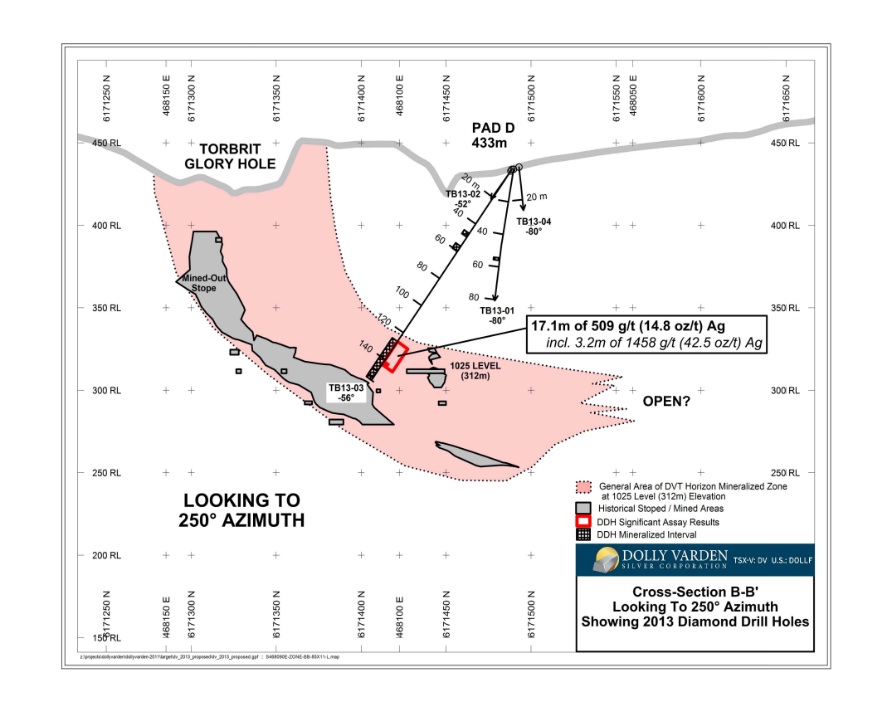
[box type=”note” align=”aligncenter” ] Since the high grade highlights can “smear” results by raising the average reported grade, it can sometimes be useful to remove the highlights and calculate the grade of the remaining width.
For example, when we apply the calculation to hole TB13-03 we find out that outside of the high grade highlight, the hole includes 13.9 meters of 290.5 g/t silver. The highlight had dragged overall the average up to 509 g/t! This is not necessarily bad news since 209 g/t is still quite good, but it demonstrates that numbers can be misleading.
Also note the standard disclaimer about “true width“. Still, 509 g/t over 17 m is an impressive result.[/box]
| TORBRIT MINE: DIAMOND DRILL RESULTS SUMMARY | ||||||||||||||
| DDH # | From | To | Interval (m)* |
Ag (g/t) |
Ag (oz/ton) |
Pb (%) |
Zn (%) |
|||||||
| TB13-01 | 108.7 | 141.4 | 32.7 | 91.1 | 2.7 | 0.48 | 0.63 | |||||||
| including | 108.7 | 117.5 | 8.8 | 140.0 | 4.1 | 0.55 | 1.10 | |||||||
| including | 137.0 | 141.4 | 4.3 | 220.0 | 6.4 | 0.26 | 0.26 | |||||||
| TB13-02 | 92.8 | 134.0 | 41.2 | 198.0 | 5.8 | 0.56 | 0.41 | |||||||
| including | 92.8 | 102.8 | 10.0 | 239.0 | 7.0 | 1.26 | 1.12 | |||||||
| including | 110.7 | 134.0 | 23.3 | 242.0 | 7.1 | 0.43 | 0.21 | |||||||
| TB13-03 | 126.5 | 143.6 | 17.1 | 509.0 | 14.8 | 0.73 | 1.20 | |||||||
| including | 140.4 | 143.6 | 3.2 | 1458.0 | 42.5 | 0.77 | 1.74 | |||||||
| TB13-04 | 126.0 | 148.4 | 22.4 | 26.6 | 0.8 | 0.34 | 0.93 | |||||||
| *Drill core interval: The true width has not been estimated | ||||||||||||||
DISCUSSION AND INTERPRETATION: The past producing Torbrit Mine and the adjacent North Star deposit are hosted within a thick, laterally extensive, stratabound horizon (the “DVT Horizon”) that is composed of bedded and locally brecciated barite-carbonate-silica-rich units, which contain native silver and silver-rich sulphide minerals and are interbedded with volcanic rocks. Modern day examples of the formation of DVT-type deposits can be seen in actively forming sea-floor mineral deposits. Ascending, hot, mineral-rich fluids are vented out into sea water forming stacks of precious- and base-metal mineralization (“white smoker” and “black smoker”, respectively) that eventually collapse and reform adjacent to the vent areas, depositing mineral-rich horizons and volcanogenic massive sulphide deposits. Jurassic-age examples of this mineralizing process in the Hazelton group rocks of the region include the both the Torbrit and other deposits of the Property and the gold-silver rich deposits at Eskay Creek.
[box type=”note” align=”aligncenter” ] The DVT Horizon stands for the Dolly Varden Torbrit Horizon. It is called this because it is the mineralization associated with the historically mined Torbrit deposit, which is a silver-rich horizon intersected during the recent drilling. The DVT Horizon is interpreted to be part of a much larger Volcanogenic Massive Sulfide (VMS) system.[/box]
The DVT Horizon ranges in thickness from 5 to 100 meters, dips at 40-45° to the NW; is mapped across a strike length of 1,500 meters in an east-west direction; and spans a 400 m vertical range in drilling. The 2013 core drilling program tested the DVT Horizon that encloses the silver deposits of the Torbrit Mine and significantly advanced the definition of the geological controls of the thickest stratabound accumulations. The best grades of silver appear to have been controlled by an active sub-seafloor fault that likely served as a conduit for the upwelling of mineralizing hydrothermal fluids, venting at the seafloor, and the sub-aqueous deposition of the DVT Horizon nearby.
The 2013 program shows evidence that the silver mineralization was introduced in more than one phase, with a later native silver rich phase adding significantly to the overall silver grade. The high-grade silver plunges at -39° towards 309° azimuth (northwest from the 1025 level of the Torbrit Mine) within that mineralizing fault. The plunge line projects across a span of 600m of elevation below Torbrit. This plunge line is largely untested and passes onto the Company’s newly-acquired Musketeer property that is in close proximity to the north end of the Torbrit Mine.
[box type=”note” align=”aligncenter” ] They elude to a structural fault which may have been a fluid channel for high grade mineralization. Mapping of the structural features such as faults and folds along with other geologic clues such as hydrothermal indicator minerals and rock textures will be important tools for the project geologist moving forward. Understanding deposit geology is not just as a technical exercise, but can help the geologist plan future targets. It looks like they already have a target in mind for future drilling in the “untested” plunge line.[/box]
The results from this year’s drill program suggest that there is significant thickening of the mineralized horizon, with higher silver grades, along one side of this newly-defined mineralizing fault structure. If continuous along the projected plunge line, this fault structure could yield significant thicknesses of the high-grade mineralized horizon, success contingent on drilling.
CEO and President Ron F. Nichols, P. Eng., further commented, “Identification of distinct mineralization phases, including a late phase which introduces native silver at Torbrit is a very important breakthrough in understanding the formation, structure, and distribution of the highest grade mineralization and will be extremely valuable in targeting future exploration.”
QAQC AND QUALIFIED PERSON (QP) PURSUANT TO CANADIAN NATIONAL INSTRUMENT 43-101:
Diamond drill core recovery in this 2013 program was almost always 100% in the mineralized intervals. Quality control procedures consisted of insertion of blanks, duplicates and standards. All analytical results reported herein have passed the Company’s ongoing QAQC review. All samples grading over 50 ppm silver were re-submitted and subject to metallic screen assay procedures. Due to the frequent observation of coarse native silver, all future samples will be assayed by the metallic screen process on large, one kilogram, pulverized sub-samples of each interval.
[box type=”note” align=”aligncenter” ]Read more about QA/QC here.[/box]
Paul McGuigan, P. Geo., Vice President – Exploration of Dolly Varden Silver Corp., who serves as a Qualified Person under National Instrument 43-101, supervised the preparation of the scientific and technical information concerning this news release. Information regarding data verification, surveys and investigations, quality assurance program and quality control measures and a summary of analytical or testing procedures are provided on the Company’s website.
[box type=”note” align=”aligncenter” ]The relatively thick nature of this deposit together with its moderate to high grades at relatively shallow depths is very encouraging. The discovery of any high-grade ore shoots that Dolly Varden are alluding to could turn this deposit into a real gem.[/box]
[toggle title=”We’ve skipped some of the boilerplate. You can read it in here.” state=”close” ]
FORWARD-LOOKING STATEMENTS:
Certain of the statements and information in this press release constitute “forward-looking statements” or “forward-looking information”. Any statements or information that express or involve discussions with respect to predictions, expectations, beliefs, plans, projections, objectives, assumptions or future events or performance (often, but not always, using words or phrases such as “expects”, “anticipates”, “believes”, “plans”, “estimates”, “intends”, “targets”, “goals”, “forecasts”, “objectives”, “potential” or variations thereof or stating that certain actions, events or results “may”, “could”, “would”, “might” or “will” be taken, occur or be achieved, or the negative of any of these terms and similar expressions) are not statements of historical fact and may be forward-looking statements or information. Forward looking statements or information relates to, among other things, the Company’s exploration plans for the Dolly Varden silver property and the Company’s expectations with respect to the geological features of mineralization on its properties.
Forward-looking statements or information are subject to a variety of known and unknown risks, uncertainties and other factors that could cause actual events or results to differ from those reflected in the forward-looking statements or information, including, without limitation, the speculative nature of exploration and the stages of the Company’s properties; and that expected geological, mineral or metallurgical expectations or models may not prove to be correct. This list is not exhaustive of the factors that may affect any of the Company’s forward-looking statements or information. Although the Company has attempted to identify important factors that could cause actual results to differ materially, there may be other factors that cause results not to be as anticipated, estimated, described or intended. Accordingly, readers should not place undue reliance on forward-looking statements or information.
The Company’s forward-looking statements and information are based on the assumptions, beliefs, expectations and opinions of management as of the date of this press release, and other than as required by applicable securities laws, the Company does not assume any obligation to update forward-looking statements and information if circumstances or management’s assumptions, beliefs, expectations or opinions should change, or changes in any other events affecting such statements or information. For the reasons set forth above, investors should not place undue reliance on forward-looking statements and information.
Neither the TSX Venture Exchange nor its Regulation Services Provider (as that term is defined in the policies of the TSX Venture Exchange) accepts responsibility for the adequacy or accuracy of this news release.
[/toggle]
[box type=”success” align=”aligncenter” ]Have a company or release you’d like us to look at? Let us know though our contact page, through Google+, Twitter or Facebook.[/box]

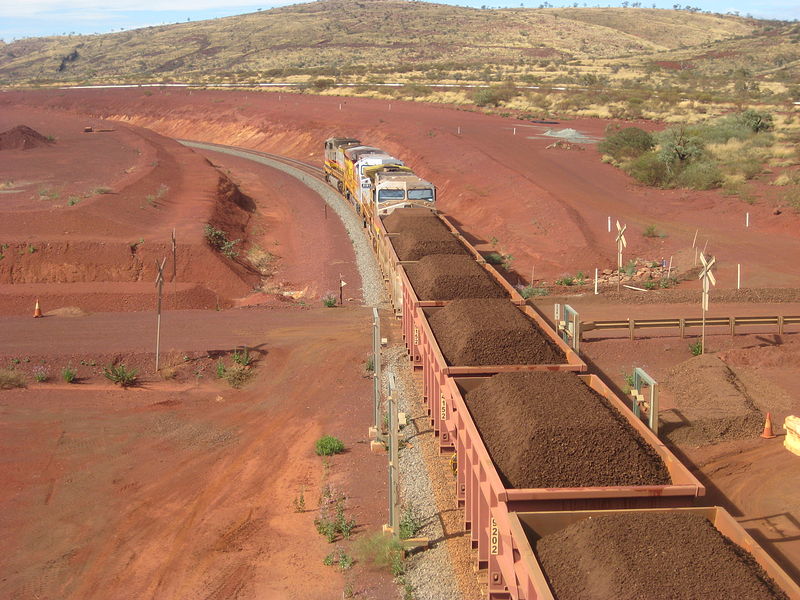
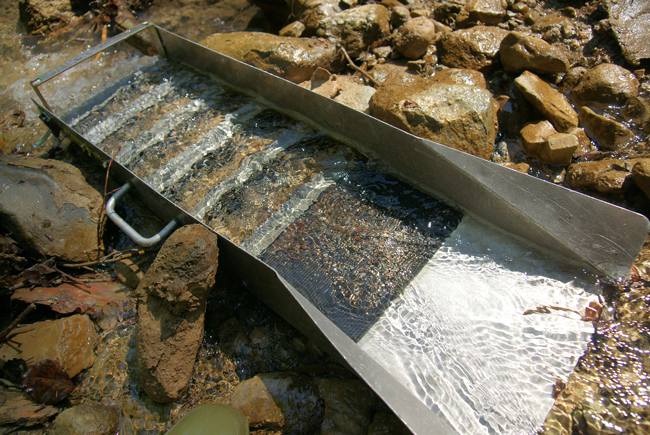


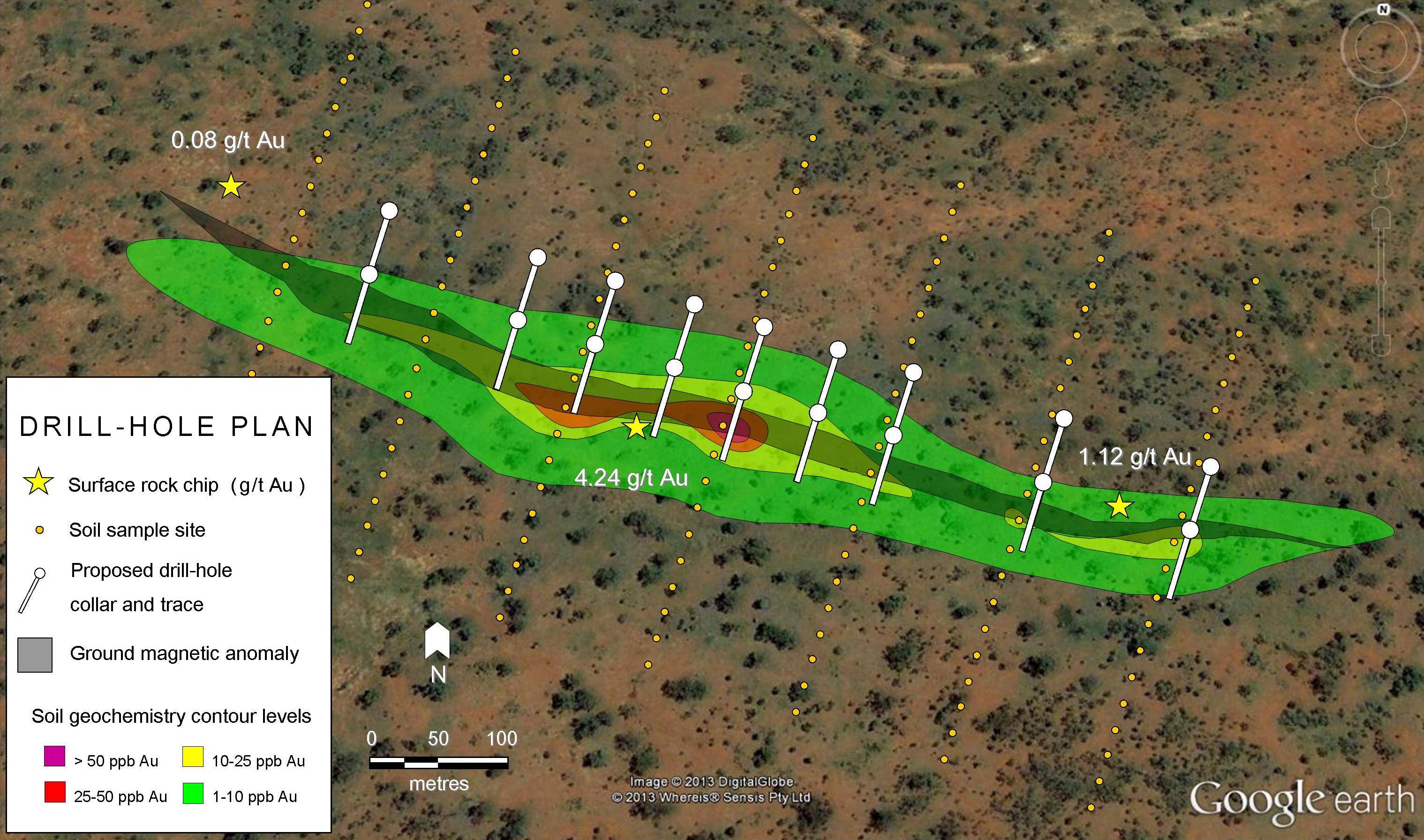
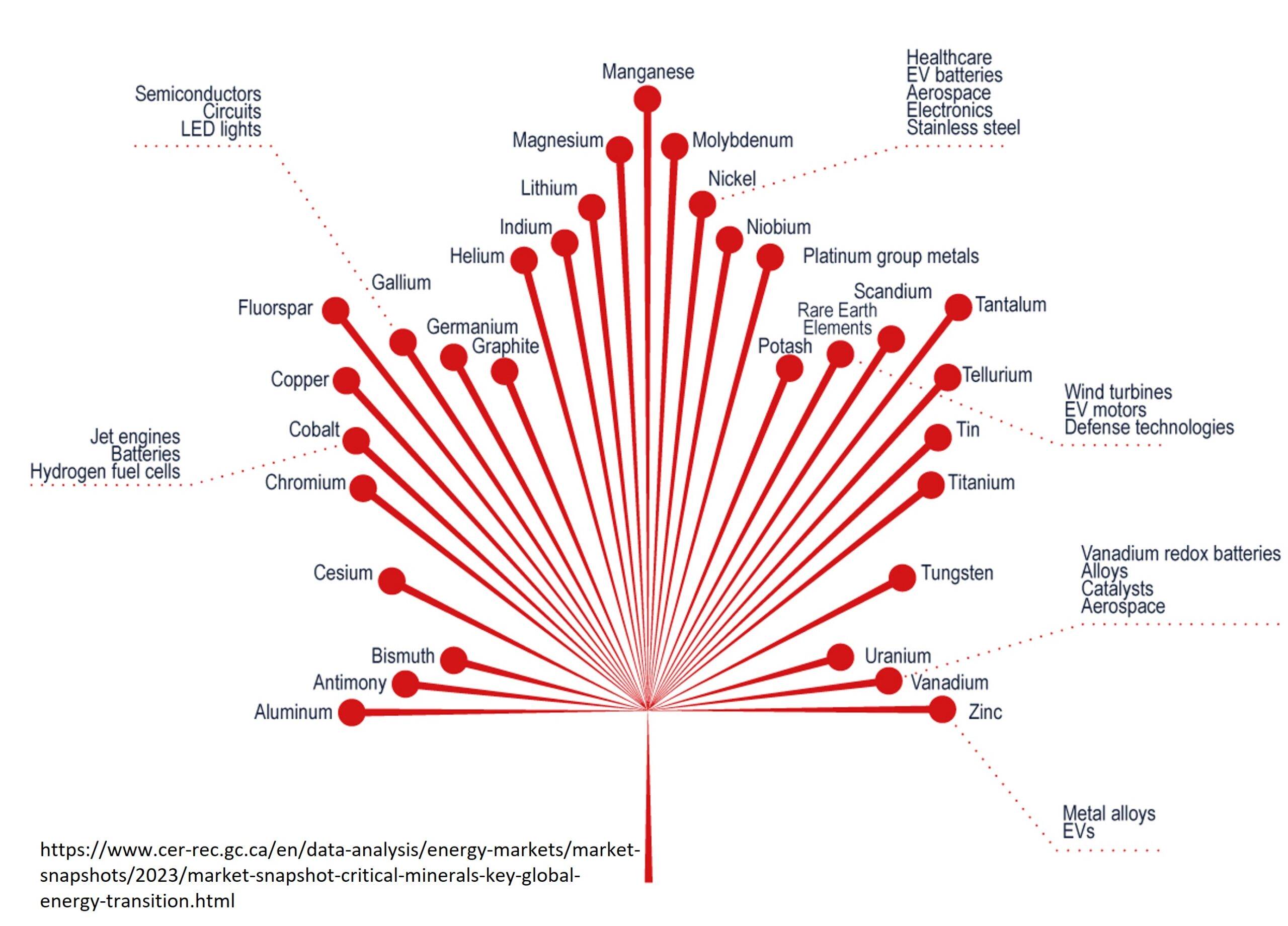
Pingback: Brucejack Gold Project, BC, Canada | Geology for Investors